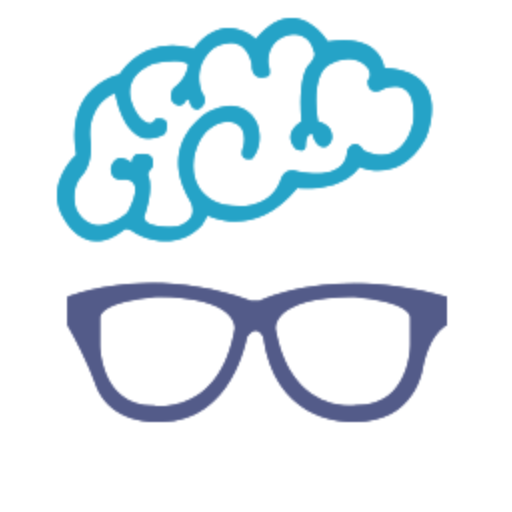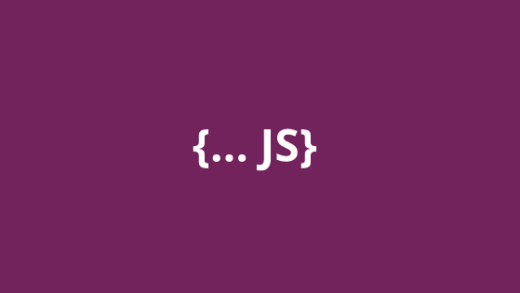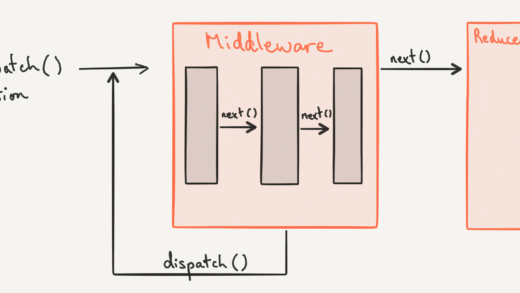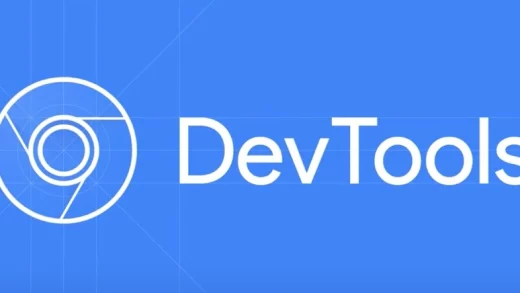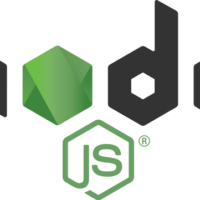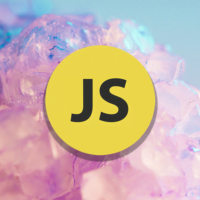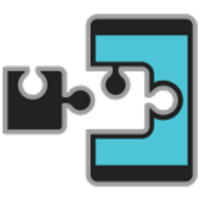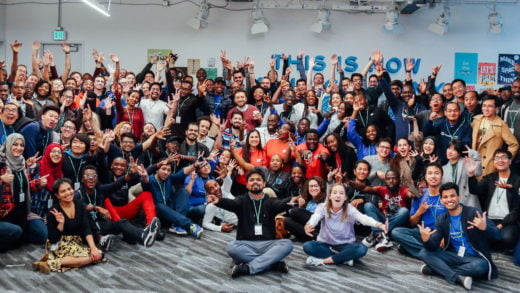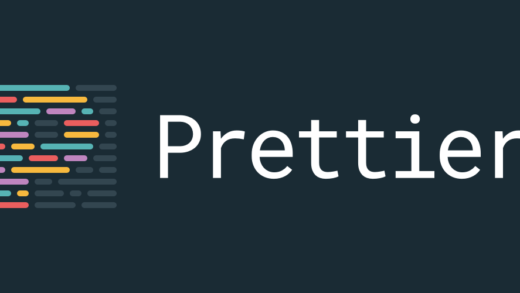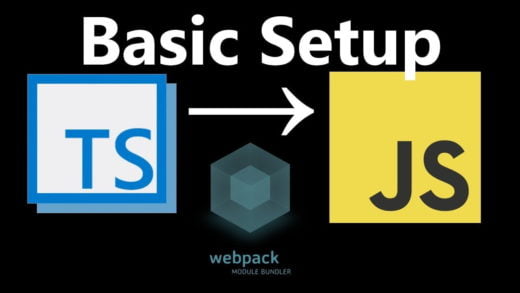For developers looking to learn a new language in 2024, two major options are Golang (Go) and Java. Both languages have their own strengths and weaknesses in terms of Java vs Golang performance, concurrency, use cases, and more. This guide examines the key differences between Go and Java to help you decide which language makes more sense for your next project or career move.
Background and History
It helps to realize where Go and Java came from and how they have evolved over time to understand their future direction.
The Creation of Go
Go (or Golang) is a relatively new programming language, first announced publicly in 2009 by Robert Griesemer, Rob Pike, and Ken Thompson at Google. The initial prototype for Go was developed two years earlier, in 2007, out of frustration within Google over the undue complexity and sluggish compile times of C++ and Java for large server software.
Key goals for the creation of Go included:
- Fast compile times to improve programmer productivity
- Simple, cleaner syntax compared to C++ and Java
- First-class support for concurrency and parallelism
- Automatic memory management with garbage collection
- Better overall developer experience
After several years of internal usage and refinement at Google, Go 1.0 was officially released in 2012. Since then, Go has seen steadily increasing adoption, especially among Golang development company organizations building web services, cloud infrastructure, DevOps tooling, and distributed systems. Its sweet spot is building high-performance services that take advantage of multicore machines.
The Evolution of Java
Java dates back much further than Go, first released in 1995 by Sun Microsystems. It was created as a simpler, object-oriented(OO) alternative to C and C++ for consumer electronics and embedded devices.
Key goals that drove the initial design of Java included:
- Platform independence with the “write once, run anywhere” principle
- Eliminating memory errors with automatic garbage collection
- Providing greater security compared to C and C++
- Simplifying web development compared to CGI and Perl
The first major release, Java 1.0, was for desktop software, but Java rapidly proved popular for building websites and enterprise applications. Over 25+ years, through stewardship first by Sun Microsystems and then Oracle, Java has evolved enormously to adapt to new technology trends:
- Java Enterprise Edition for server-side applications
- Java Micro Edition for mobile and embedded devices
- Expanded library and framework ecosystem
- Additional language features like generics and lambdas
- Enhanced performance through just-in-time compilation
However, some fundamental aspects of Java’s design philosophy and approach remain unchanged even today. Backward compatibility is still a high priority for preserving existing investments in Java code.
Key Differences
With distinct histories and design goals, Go and Java differ in some fundamental ways that matter when assessing which language to use.
Compiled vs Interpreted
Go code compiles directly to native machine code specific to the underlying architecture. This makes Go applications fast and efficient to execute but harder to port between operating systems and CPU architectures.
Java code compiles to platform-independent Java bytecode rather than machine code. This bytecode is then interpreted at runtime by a JVM (Java Virtual Machine). The JVM approach provides tremendous cross-platform portability, enabling the “write once, run anywhere” capability. However, the runtime interpretation can have performance implications compared to compiled machine code.
Concurrency Approaches
Go performance vs Java has lightweight threads known as goroutines built directly into the language syntax and libraries. Goroutines make it easy to write concurrent programs that take advantage of multicore processors. Go also includes channels for simplified communication between goroutines, avoiding races. As a result, concurrency is idiomatic and intrinsic to Go.
Java uses threads to enable concurrent execution. It can coordinate threads via shared objects and locks, but this increases the likelihood of race conditions and deadlocks. Architecting correct concurrency in Java requires more forethought and experience to avoid pitfalls. Concurrency is harder to achieve correctly in Java than in Go.
Speed of Development
The Go compiler is extremely fast, able to compile even large codebases in seconds. This makes the code-compile-run cycle very tight, boosting developer productivity. The tooling ecosystem is also deliberately lightweight, with just a few supported options, like the standard formatter. These constraints reduce analysis paralysis and make builds predictable. Overall, Go is designed to make iteration, testing, and recompiling easy and fast.
Is Golang faster than Java? Yes, Java compile times can be painfully slow, especially for sizable projects. Build tools like Maven and Gradle provide tremendous flexibility in configuring Java builds and a dizzying array of options. Correctly configuring these complex builds can distract from product development. The Java toolchain facilitates comprehensive builds but not rapid iteration.
Garbage Collection
Go currently uses a basic mark-and-sweep garbage collector. This collector is fast and low-pause but allows little control over garbage collection behavior.
Java vs Golang has several well-tested garbage collectors, such as G1, Shenandoah, and ZGC. These collectors can be fine-tuned with specific parameters to optimize throughput, latency, or footprint. Their configurability enables tailoring garbage collection to application needs.
Application Architecture
Go structures programs around functions and data structures. There are no classes, annotations, or templates.
Java code extensively uses classes, interfaces, annotations, generics, and design patterns like MVC. Java rewards structured OO programming.
These differences lead to each language having certain strengths and common use cases.
Go Strengths and Use Cases
The design of Go makes it well-suited for particular applications.
Networked Services
Go’s lightweight threads and message passing enable easily scalable IO-bound networked applications and microservices. This makes Go a common choice for building:
- Web servers
- Cloud services
- DevOps tooling
- Site reliability tools
For network programming, Go provides high throughput and availability.
Command Line Tools
Because compilation is so fast, Go readily facilitates iterative coding. This makes Go useful for command line interface (CLI) tools used by developers, sysadmins, and IT teams.
Go works well for automation, orchestration, infrastructure, and deployment tools.
Small Services with Few Dependencies
Go takes a minimalist approach without code bloat, so Go services can have a small footprint and attack surface area. With few external dependencies, Go services simplify deployment to cloud platforms.
The straightforward approach also aids developer velocity and maintenance for small services.
Java Strengths and Use Cases
Java’s history, ecosystem depth, and rigorous design also make it well-suited for many applications.
Enterprise Software
For companies building large business applications, Java vs Golang offers trusted technology, a vast ecosystem of open-source libraries, frameworks, and tools, along with extensive documentation. Java skills are ubiquitous. These qualities make Java reliable for:
- Customer-facing web apps
- E-commerce platforms
- Business process automation
- Enterprise integration
The JVM also simplifies scaling, load balancing, and failover for high-volume applications.
Android Development
Java forms the foundation of native Android development. So, for mobile engineers, fluency in Java and Android SDKs enables them to build high-quality native Android apps with rich capabilities and performance.
Scientific Computing & Research
With its high speed and greater control over memory allocation, Java facilitates simulations, mathematical modeling, financial analysis, and other computationally intensive work. Ecosystem tools like Apache Spark offer data engineers scalable processing. The scientific community has also invested heavily in creating Java libraries for research.
Learning Curve
For developers new to these languages, both Go and Java offer different challenges.
Go Learning Curve
For programmers coming from languages like Python, JavaScript, C++, or C#, Go will likely be familiar to them. The syntax borrows broadly from C-style languages. Go does not have classes, so the object orientation principles differ substantially from Java or C#.
Go’s built-in concurrency requires learning how goroutines, channels, and wait groups coordinate to prevent race conditions. Fortunately, the standard library provides higher-level concurrency helpers.
Overall, while best practices around code organization, testing, and tooling may take time to master, Go itself is approachable.
Java Learning Curve
Java’s syntax of classes, interfaces, encapsulation, and strong typing form an object-oriented foundation familiar to developers from C++ or C#. Mastering frameworks like Spring, Hibernate, and Android SDKs to build Java applications requires significant time investment.
The multitude of tools, build systems, servers, libraries and configurations to learn can overwhelm newcomers. However, for developers already versed in OO languages and willing to specialize, Java knowledge pays dividends in employability.
Community Support & Job Opportunities
According to Statista, 63% of developers use Java, while only 13% use Go. It’s logical to assume that Java has a larger community, but Go is also one of the most popular programming languages, so it also has a lot of devotees.
Given their growth trajectories, both Golang vs Java have active communities and healthy job opportunities.
Go Community Growth
As a relatively new language, Go adoption has rapidly gained momentum thanks to extensive documentation, conferences, local meetups, and helpful online forums. Leading tech companies like Google, Uber, Twitch, and Dropbox all use Go in production and contribute to the ecosystem.
Java Community Maturity
With over 25 years of evolution, Java benefits from enormous community support and a mature ecosystem. As one of the world’s most popular programming languages, Java questions easily find answers online. Major companies worldwide rely on Java Golang developers to maintain critical systems and infrastructure.
Job Market for Go Developers
Go is strongly represented by tech-led companies and is in increasing demand. According to some industry surveys, Go developers earn an average salary above $140,000 USD. However, Go jobs still represent a fraction of open positions compared to Java.
Job Market for Java Developers
Java remains an extremely relevant and crucial skill set that’s hard to outsource. As a result, Java developer salaries average over $125,000 USD, with remote flexibility and abundant job opportunities at almost any company developing software. Seasoned Java architects and engineers can readily command high salaries.
So, for job stability, Java offers established demand while Go provides rapid growth.
Verdict: Evaluate Tradeoffs for Your Goals
Deciding whether to invest time in Golang vs Java depends greatly on your specific aspirations and needs regarding application domain, scale, speed of delivery, ecosystem buy-in, and team skills.
For networked services at scale that need concurrency, performance, and reliability, Go excels. The fast compile times, built-in concurrency constructs, and small deployment footprint provide tangible productivity advantages.
However, Java is hard to beat for large enterprise apps, mobile development, data engineering, and leveraging decades of library reuse. Its maturity, documentation, breadth, and proof in production make It reliable.
Learning both languages provides the most flexibility, albeit with a steeper initial curve. However, focusing first on either Go or Java skills can pay dividends in shaping a rewarding software development career.
The rise of Go adoption shows no signs of slowing down, while Java retains enormous relevance. So, which language makes sense boils down to your specific needs and constraints more than the inherent technology tradeoffs. With an understanding of the core Go vs Java performance differences in design, history and use cases, developers can make an informed choice between Go and Java for their next project or job.
